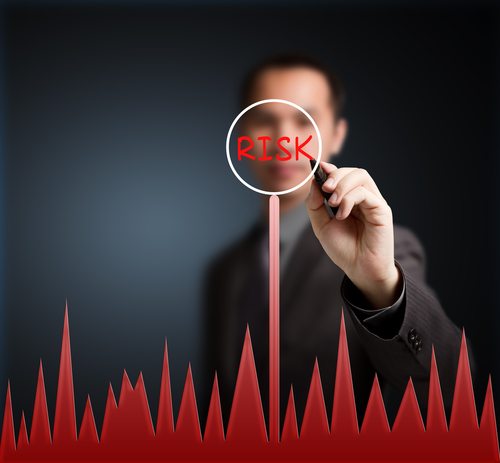Unfortunately, many organisations see Software Asset Management (SAM) as a compliance reporting tool and little else. This is in some ways understandable, taking into account the astronomical regulatory fines that the large software vendors charge each year. However, SAM can do far more than protect companies from regulatory fines. It can reduce software expenditure by 30%, according to Gartner, and, it’s a little known fact that it can also help minimise security risks. As cybersecurity remains high on the agenda of CIOs, IDC expects global spending on security technology to reach $81.7bn in 2017. Despite this significant investment, companies often fail to complete the basics when it comes to protecting their IT estate. One of those basics, is employing robust and thorough SAM.
Below are the top three ways businesses can use SAM to bolster their cybersecurity, while reducing software expenditure, and protecting their company from non-compliancy fines.
- Software Asset Management = patch management
It was a failure to patch a vulnerability in the Windows operating system that exposed organisations to the WannaCry virus in May 2017, which affected over 200,000 victims in more than 150 countries. SAM enables companies to efficiently analyse which of their applications are on the latest patch level and which are vulnerable to attack. Despite the high profile ransomware attacks unleashed by WannaCry and Petya, according to research, fewer than 25% of organisations apply the latest security software patches within the first 24 hours of their release.
Software patches need to be installed as soon as they’re released; malware developers watch closely at what is being fixed, and work backwards to identify how to compromise systems that aren’t yet patched. Kaspersky found that 4.3 million corporate users were attacked through this kind of exploit in 2016, so it really is a race against the clock to update software as quickly as possible. When threats are identified, SAM platforms can provide a comprehensive overview of software vulnerabilities to enable companies respond quicker, saving precious time in the race against the clock to ensure all programs have the required protection.
- Identify and prevent the use of risky applications
To effectively maintain a robust security position, an exhaustive inventory of all the software deployed across the business is a must. This identifies unauthorised and unapproved software that employees may have installed – unwittingly or otherwise. Some SAM tools also have the capability to detect and maintain a ‘blacklist’ of high-risk applications, identifying rogue software to reduce vulnerability levels. The best inventories can also verify if the software is protected on all devices, so organisations can identify and secure weak links in their business.
With visibility of all the software deployed with a business, organisations can set up and enforce policies to prevent the use of suspect or malicious applications. Companies can then identify and disable unapproved technology; further, with SAM tools, they can ensure that only authorised users are able to access certain pieces of software, such as payroll or HR applications. However, even with the most stringent usage policies in place, employees often find a way to use unapproved solutions – especially with the soaring popularity of portable storage and mobile devices. As a result, companies need to regularly check their SAM tools to root out shadow applications that cause vulnerabilities.
- Explain and examine program consumption
SAM tools can help companies identify redundant or outdated software to ensure that only the necessary and required software remains installed. By encouraging the rationalisation and standardisation of applications, organisations enable IT to focus on, and secure, only the essential applications.
SAM can also create an additional level of security for applications by providing a snapshot in real-time of which employees are accessing which programs. In the unfortunate situation that a security breach occurs, the best SAM tools can empower organisations to examine application usage data. This is essential for identifying when the suspect software was last used and who launched it – to help resolve the breach quicker.
While cybersecurity remains critical for businesses, effective SAM is often overlooked. As a result, it is typically the missing piece of the puzzle. SAM not only provide companies a complete inventory of the applications they use to identify which programs need to be patched, but can also identify and prevent the use of software which can expose a company to malicious parties. Considering the average cost of a data breach is estimated by IBM at $3.62m, companies can’t afford not to do the basics properly, and must invest in SAM to complete the puzzle.
[su_box title=”About Alex Dalglish” style=”noise” box_color=”#336588″][short_info id=’102829′ desc=”true” all=”false”][/su_box]
The opinions expressed in this post belongs to the individual contributors and do not necessarily reflect the views of Information Security Buzz.



